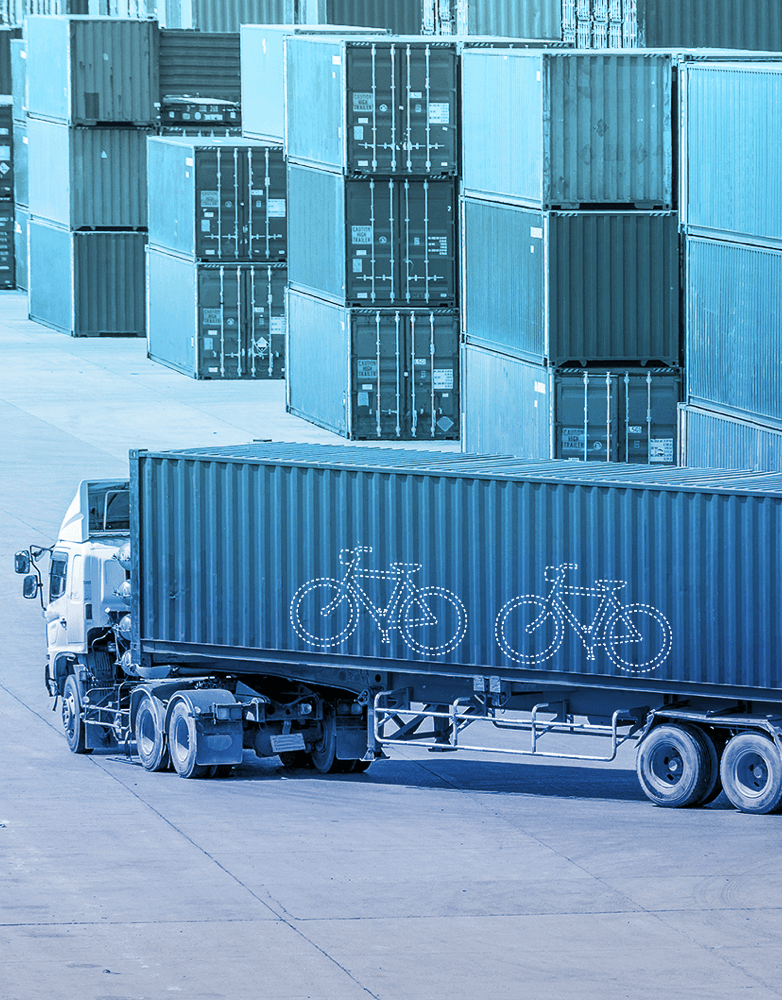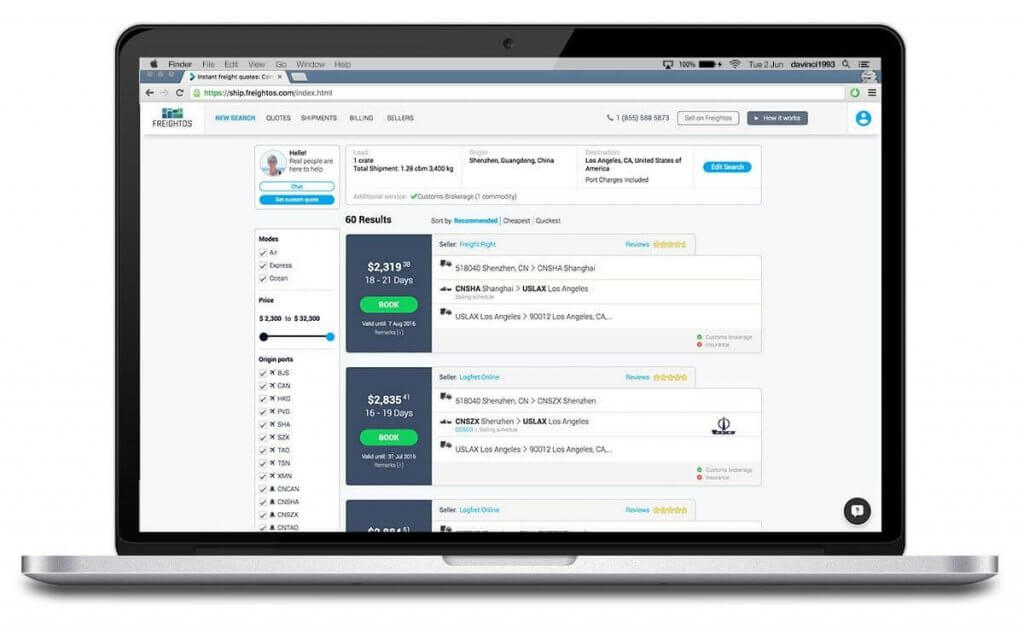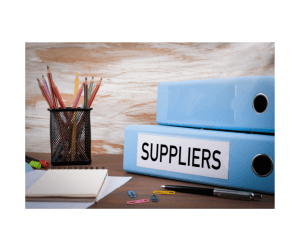Editor’s note: This is a guest post by John Edmonds of Freightos, the online freight marketplace.
Within New York City, Amazon buyers can get deliveries in two hours. Across the country, two day delivery is the norm. But when you import goods from China, it takes weeks.
Technology like the Freightos online freight marketplace, is changing the slow freight process. Setting technology aside, here are five practical ways to improve your FBA freight shipping … and improve your margins.
Challenge Surcharges
There’s a surprising number of freight surcharges from carriers, ports, customs, and forwarders that can creep onto freight invoices – over 20, on average! And some of those fees may not be relevant or absolutely critical for your shipment.
Check what you’re paying for before pulling out that checkbook For starters, you can use this list of standard freight charges that apply to China-US imports. Failing that, try a broader internet search. Some charges can be hard to track down, because there isn’t much in the way of standardization of surcharge names. If you can’t find that freight charge, or it doesn’t seem applicable, don’t be shy to ask your forwarder. That’s exactly what he’s there for.
Cover Your Cargo
When it comes to freight, ship happens. And, for the most part, forwarder and carrier liability is limited to their standard terms and conditions. You are usually looking at a paltry $2.00/kg (2.2 lbs) if your goods are damaged or disappear.
Ideally, you should compare insurance rates both from forwarders and specialist cargo insurance companies. That said, forwarders’ rates are usually favorable. Whoever you choose, make sure that you are getting comprehensive cargo insurance.
Even that has limits, so make sure that any contract of sale is well-drafted. In particular be sure that you understand the full implication of risk and responsibility before agreeing to the incoterm (standardized terms and conditions for transporting goods).
If something does go wrong in transit, request copies of all of the pick-up orders and delivery notes along the shipment’s path. They record how many items were handed over, and their conditionProducts can only be listed on Amazon if... More at every stage, helping your insurance company identify who was at fault (and who should pay).
Control Your Inventory
This is going to get a little academic. There’s a common supply chain problem called the bullwhip effect. Changes in customer demand (the handle of the whip) creates increasingly larger waves of response further down the supply chain. Planning ahead with demand will allow you to reduce excessive storage fees at Amazon and cut your logistics spend. Not only do you import only the amount you need, you also cut back on expensive air freight because your inventory has suddenly been depleted.
Amazon has provided FBA sellers a great tool to help review pricing, manage stock levels and plan ahead – the Inventory Health Report. Check out the “Weeks of Cover” information there, which gives current estimates for how long it will take before each item is likely to sell out.
This FBA Freight Calculator can also help with inventory planning, giving instant estimates of both air and ocean freight to Amazon warehouses, based on in-house rates that freight companies use. This tool is also great for estimating landed costs for potential new products or suppliers.
Checklist Up
You’ll probably want to keep on top of the shipment, and need copies of shipping records if should you make an insurance claim. But sellers often find themselves having to chase these up from their forwarder. A good way to avoid being in this situation is that soon after accepting a quote, to agree with your forwarder which documents you require from each other, and make a communication checklist.
Then work off this checklist. This should cut down the Tylenols and the emails going back and forth.
Be sure to check each document as it comes in, because errors can lead to problems further down the process. Errors can even lead to Customs applying penalties against you, if not they are not corrected soon after submission. You should have already checked the Commercial Invoice and Certificate of Origin, but make sure you take a quick look at the Bill of Lading.
Shop around
Finding a freight forwarder can feel like finding a mechanic – even when you find a good one, you’re never sure if you’re getting ripped off. And a good price doesn’t necessarily mean a good forwarder. Sometimes those cheap rates don’t include additional fees.
Here’s a typical example. It’s quite common for Chinese suppliers to offer sellers the price of shipping from their warehouses to the destination port. It seems cheap, even when local trucking to the FBA warehouse is added on top. But that doesn’t account for certain port handling fees and customs obligations. Do your due diligence, compare freight companies, request different types of quotes, compare what’s included, before choosing which mode and price works best for you.
Incidentally, we’re making that process easier with our “Expedia for freight”, where you can instantly compare air and ocean prices from awesome forwarders (check it out here). But even if you don’t use Freightos, make sure to call a couple of forwarders, get some of their client’s names to make sure they’re not fly-by-night organizations, and compare their offerings. We’ve found that prices can diverge by well over 100% on different shipping lanes.
Freight may be complicated, but don’t be intimidated. Do your research, come prepared … and watch your margin grow. Happy shipping!
Freightos’ online freight rate marketplace instantly provides live quotes from leading freight forwarders for you to compare and select. Sign up and get $50 dollars off your first international shipping of over $500.







